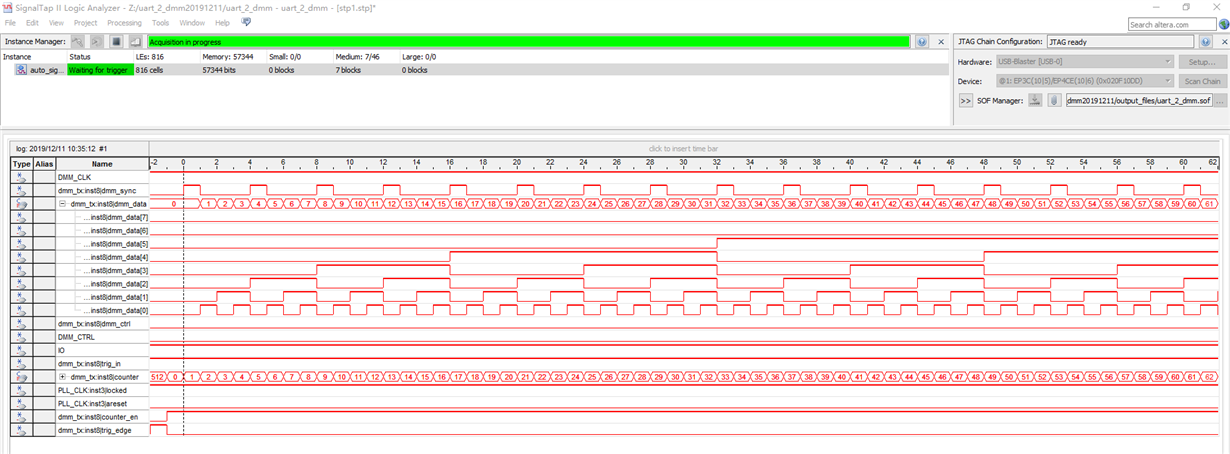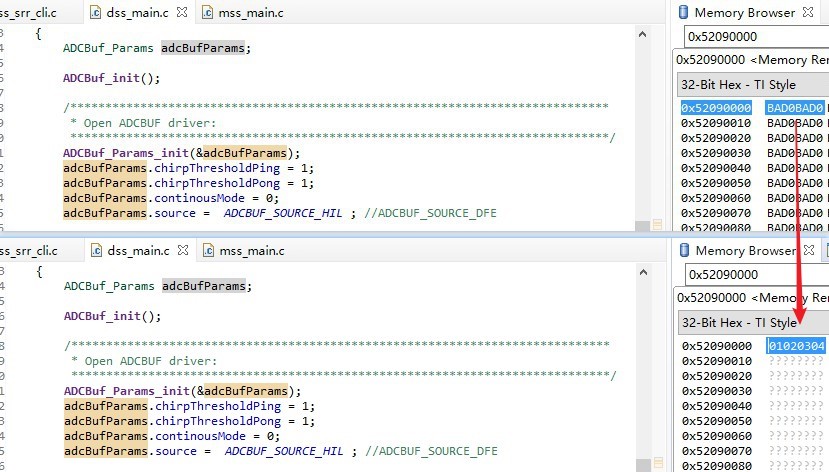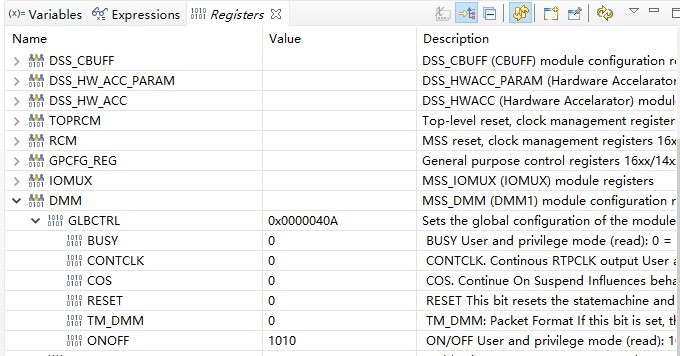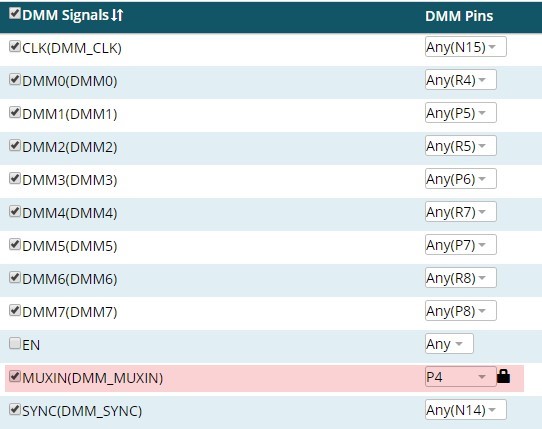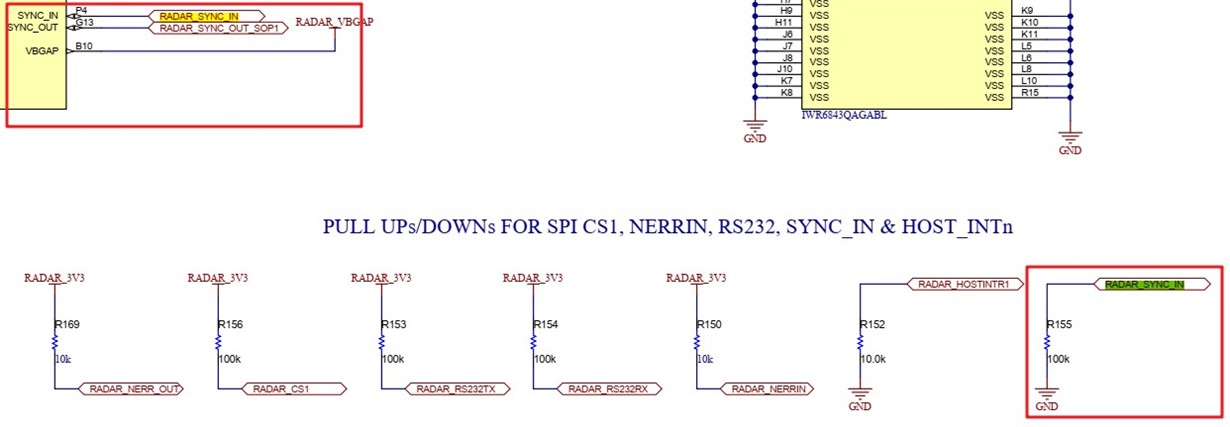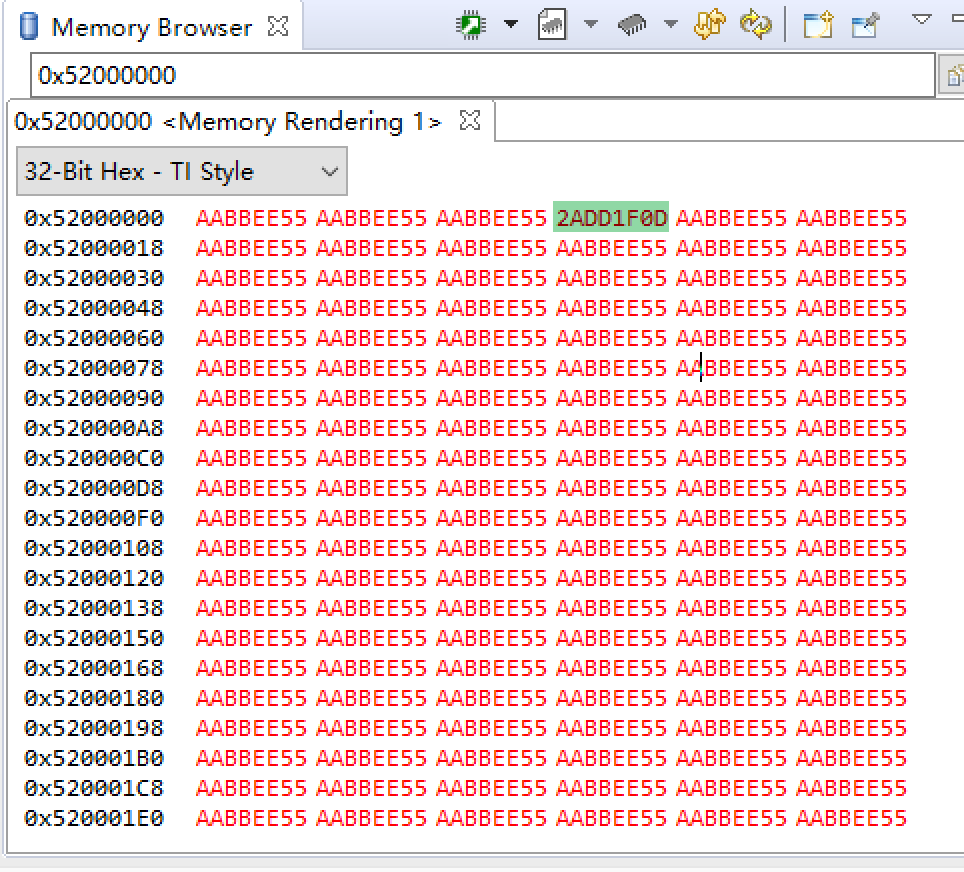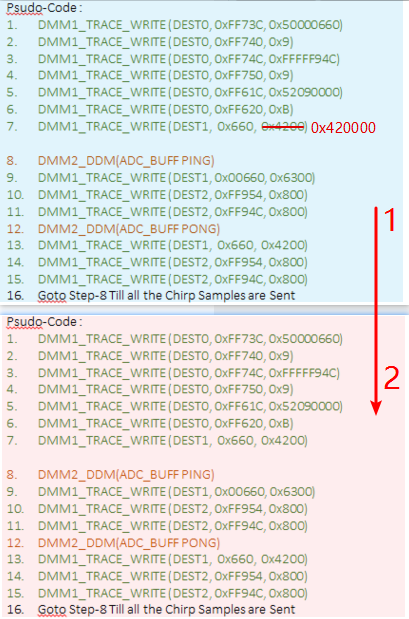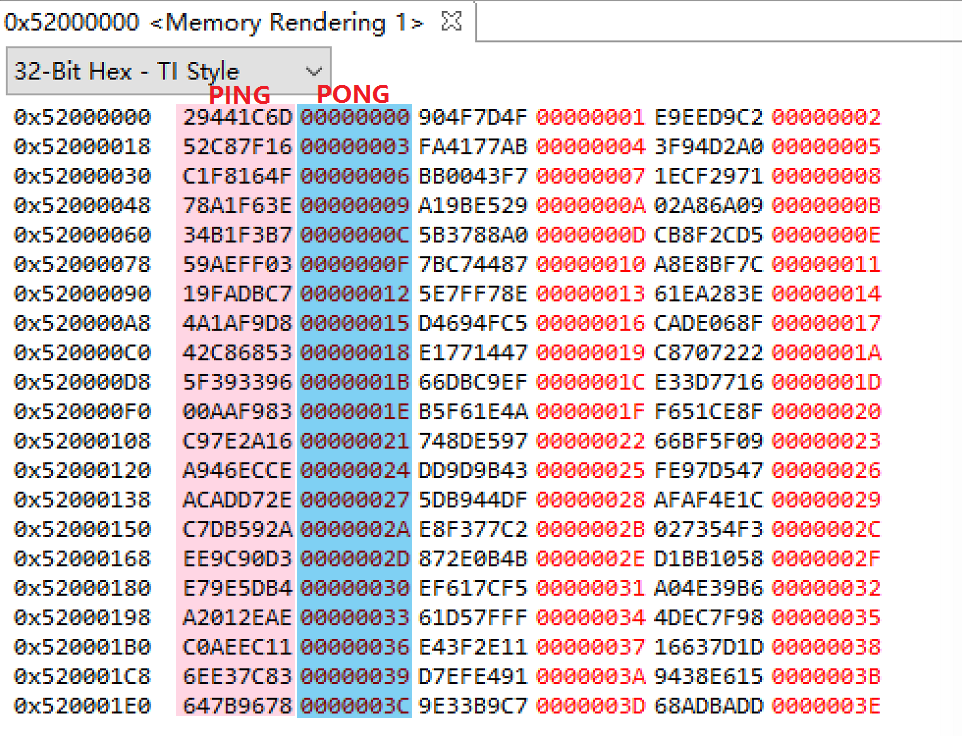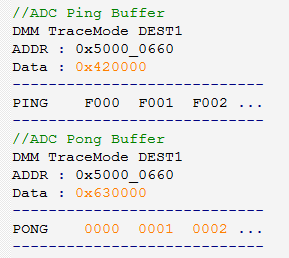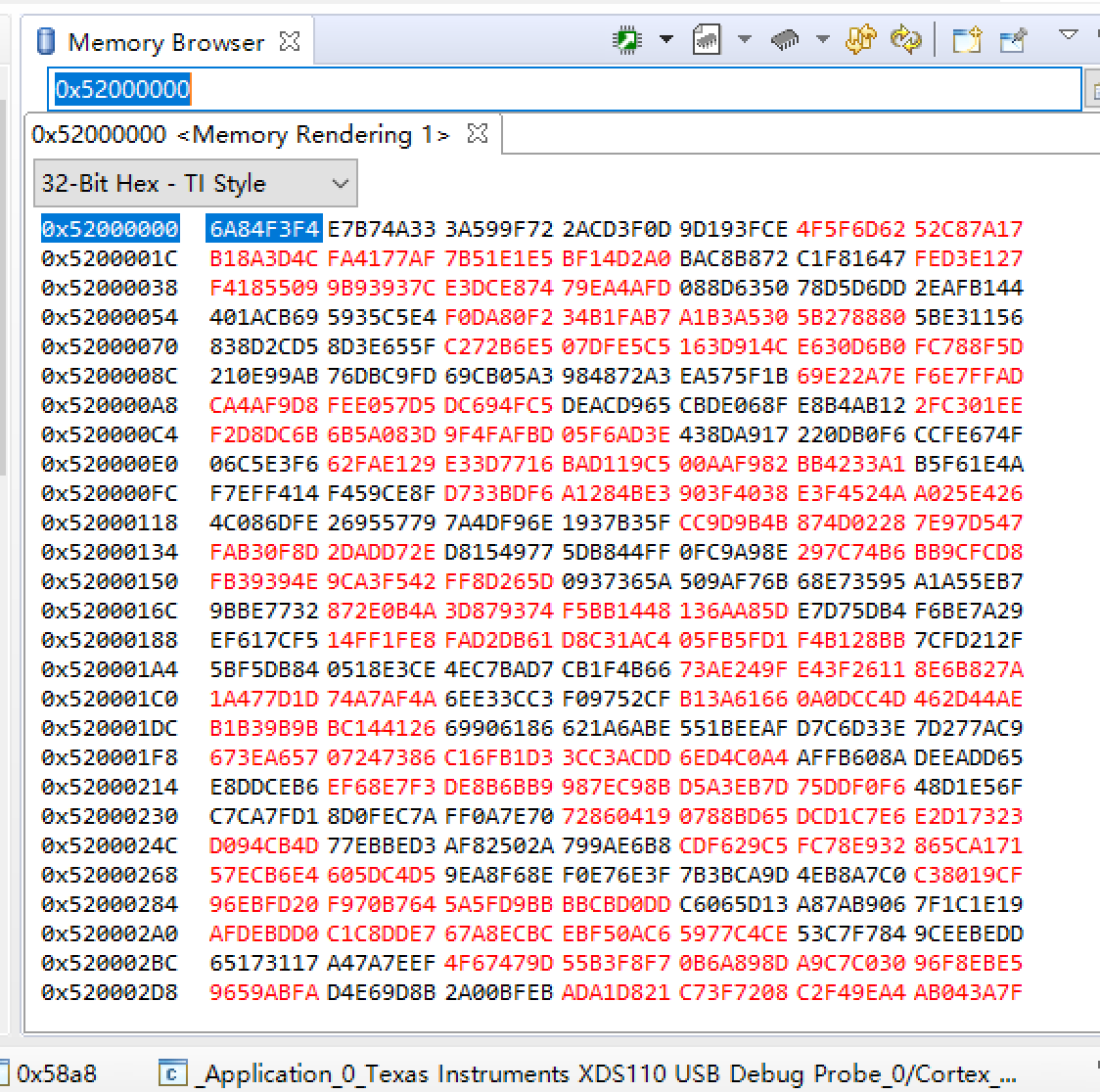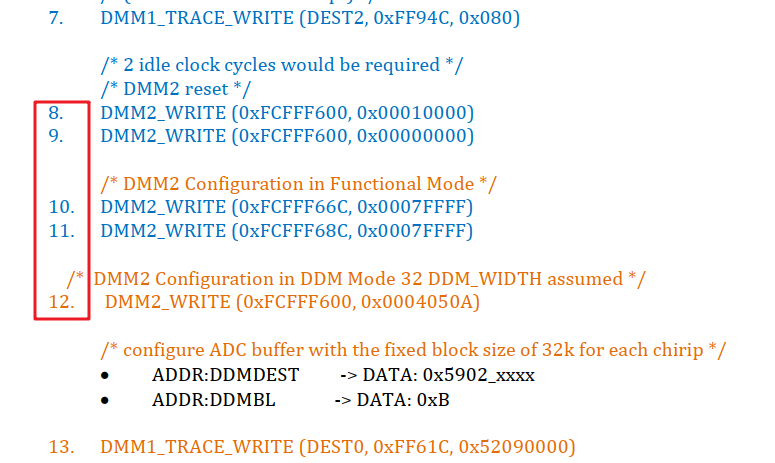Hi Vivek ,
Can you give me more details about DMM interface pin muxing ? Because we got some pin conflict issues .
here are my questions below :
1、Is the EN(NDMM_EN) N13 or N5 DMM signal necessary ? we don't find this signal on J3 (60PIN HD Connector)of DCA1000 .
2、N13 is currently in use by JTAG, pin TDO .How to deal with this pin ?
Thank you ,
Simon







